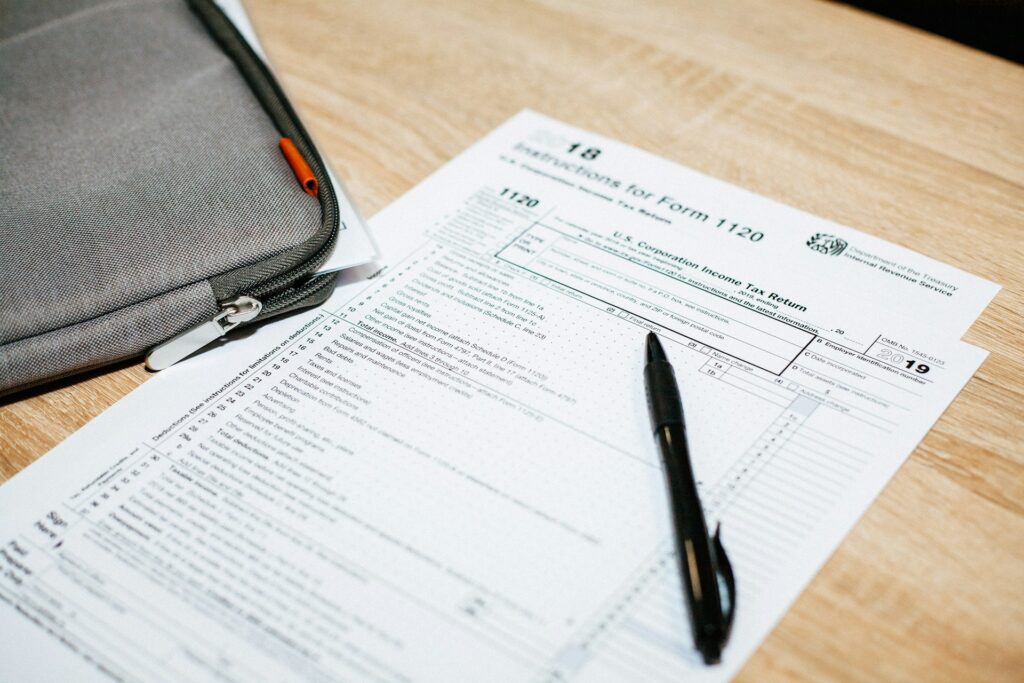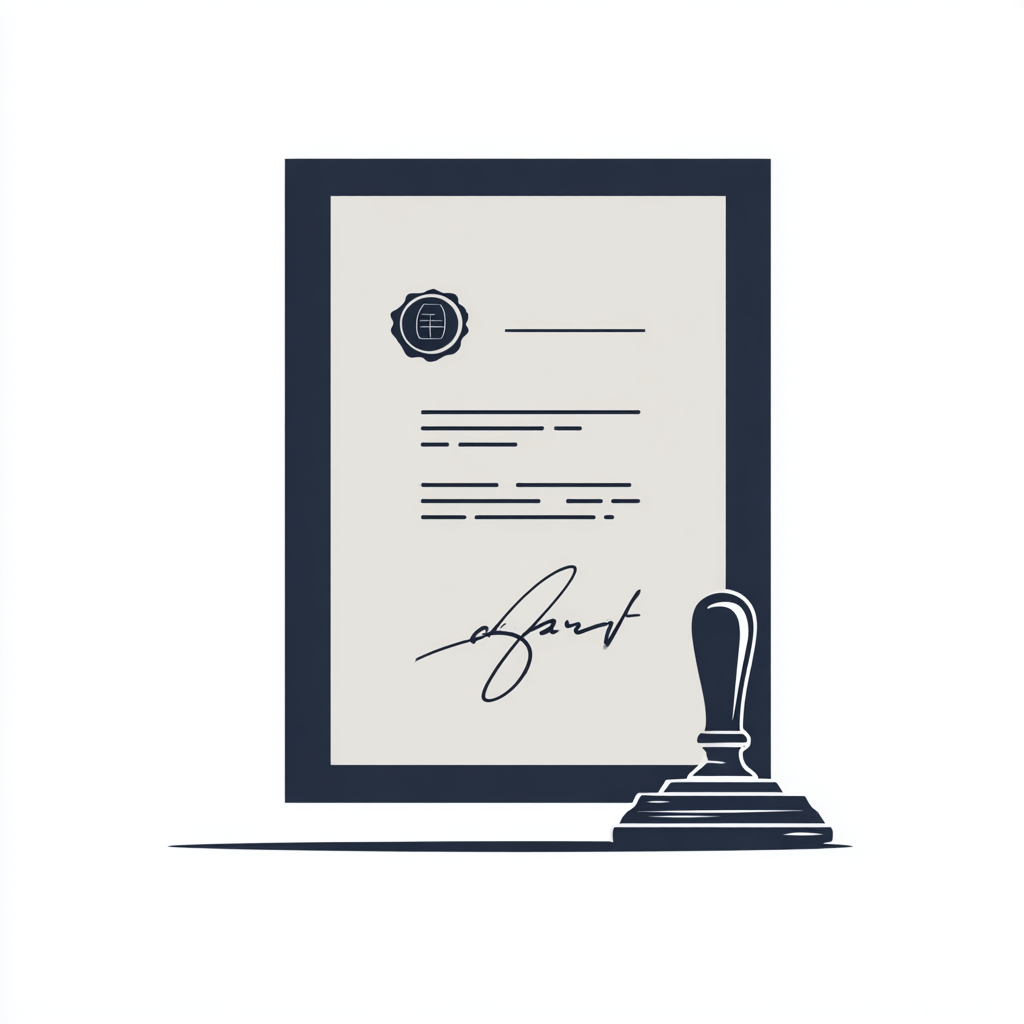Refinancing your mortgage is a significant financial decision that may offer benefits, like lowering your monthly payments or securing a better interest rate. However, taking on this process means preparing for lots of paperwork – lenders need to thoroughly assess your financial health and your property’s value to approve a new loan.
Being organized and having the right documents ready can make the process smoother and faster. So, what is the paperwork needed for refinance?
Well, this guide provides the exact checklist to help you prepare.
You may also like: How to qualify for a mortgage in Florida – all steps explained
This is the core paperwork needed for refinance…
Let’s walk you through the three most important documents!

The Loan Application (Form 1003)
The key to any mortgage application (including a refinance) is the Uniform Residential Loan Application, or Form 1003.
You’ll need to provide your full legal name, Social Security number, date of birth, and contact information. It will also ask for details about your marital status, educational background, and employment history. This form also goes deep into your financial life, requiring information about your current income, assets, debts, and monthly expenses.
Lenders will use this data to determine your debt-to-income ratio, a key metric in assessing your ability to manage a mortgage payment. Ensure you’re writing down accurate information and leaving no stone unturned, as discrepancies can lead to delays or even rejection.
It’s good practice to have all your personal identification documents readily available when you begin filling this out.
Proof of identity
To verify that you are who you say you are, lenders require proof of your identity, a standard security measure in financial transactions. You will need to provide:
- Social Security Card: while not always physically requested, your Social Security number will be verified;
- Government-issued photo identification: you will need a valid and unexpired government-issued photo ID, such as a driver’s license or a passport. It must clearly display your photograph, full name, and date of birth, and it must match the information provided on your loan application.
Residency history
For a refinance, you’ll usually be asked to provide your residency history for the past two years. This includes your current address and any previous addresses where you lived during that period, along with the dates you resided at each location.

Paperwork needed for refinance: income and employment verification
A lender’s primary concern is your ability to repay the new mortgage. Therefore, providing thorough documentation of your income and employment is one of the most critical aspects of the refinancing process.
Lenders need to be confident that your income is stable and sufficient to cover the mortgage payments, along with property taxes, homeowners insurance, and other associated costs.
Proof of income
To demonstrate your income, you’ll need to provide a variety of documents:
- Recent pay stubs: lenders typically request your most recent pay stubs, usually covering the last 30 days. These documents verify your current gross income, deductions, and net pay;
- W-2 forms: you’ll need to provide your W-2 forms for the past two years. These annual tax statements from your employer summarize your earnings and taxes withheld;
- Tax returns: also for the past two years. Lenders review these to understand your overall income, including any other sources of income and to verify the information on your pay stubs. If you’re self-employed, the documentation requirements become more extensive. You may need to provide profit and loss statements, business tax returns, and several months of business bank statements to demonstrate the stability and profitability of your business.

Proof of employment
When it comes to the paperwork needed for refinance, other than verifying your income, lenders also need to confirm that your employment is stable. They will often contact your current employer directly to verify your employment status, position, and salary.
In some cases, especially if you’ve recently changed jobs or are self-employed, the lender might request a formal letter from your employer stating your employment history, salary, and the likelihood of continued employment. This step helps ensure that your income source is reliable for the duration of the loan.
Showing you have the funds for a refinance
Beyond proving your income, lenders also need to see evidence of your financial resources, including your assets and your ability to cover the costs associated with refinancing. These assets can include liquid funds for closing costs and reserves, as well as other valuable possessions.
Bank statements
You’ll be asked for recent bank statements for all your checking and savings accounts, usually covering a period of 2-6 months. They allow the lender to see your cash flow, verify your savings, and ensure you have sufficient funds available for closing costs – as well as any required down payment (though this is less common in refinancing).
It’s also important for reserves, the funds set aside to cover several months of mortgage payments, property taxes, and insurance, providing an extra layer of security for the lender.
Investment and retirement accounts

Lenders also look at your investments and retirement savings, though they often apply a “haircut” to these values. This means they will discount the full market value to account for potential fluctuations or fees associated with accessing these funds.
You’ll likely need to provide statements for brokerage accounts, 401(k)s, IRAs, and other similar accounts. While these assets demonstrate your financial capacity, lenders usually count only a percentage of their value towards your qualifying assets due to liquidity considerations.
Other assets
You may also need to provide proof of any other significant assets you own. It may include documentation related to other properties you own, valuable collectibles, or other significant assets.
While less common as primary qualifying assets for a refinance, they might help solidify your application. Once more, having all your financial documentation readily organized will make the process easier for everyone.
Details of your current mortgage and property
Don’t worry, we’re getting to the end of the paperwork required for refinance!

To process your refinance application, lenders will ask for details about your current mortgage and the property itself. This information helps them understand the existing loan terms and accurately assess the value of the property, which is the collateral for the new loan.
Current mortgage statement
Your most recent mortgage statement provides essential information about your existing loan, including the outstanding principal balance, your current interest rate, the remaining term of the loan, and your payment history.
Lenders will use this to confirm the accuracy of the loan details you provided and to understand the existing terms they will be working with.
Property information
Lenders must confirm ownership and details about the property you are refinancing, which involves:
- Deed to the property: this legal document officially transfers ownership of the property to you;
- Homeowners insurance policy information: you’ll need to provide details of your current homeowners insurance policy, including the provider, coverage amounts, and policy number;
- Property tax statements: evidence of your property tax payments demonstrates that you are keeping up with your local obligations.
Property appraisal
Another part of the refinance process is determining the property’s current market value, so lenders will order a new appraisal. A licensed and independent professional will assess the property’s condition, size, features, and recent sales of comparable homes in your area to provide a professional valuation.

The appraisal helps the lender confirm that the property’s value is sufficient collateral for the new loan, especially if you are refinancing for a significant portion of its worth or seeking a cash-out refinance.
All the paperwork needed for refinance: conclusion
Refinancing a mortgage can be a financially outstanding move, but it’s a process that requires preparation, and understanding the paperwork needed for refinance is the first step toward a smoother closing.
With your personal information, income verification, asset documentation, and property details in hand, you’ll streamline the lender’s review process and increase your chances of a successful refinance.
While this list covers the most common requirements, always be prepared for your lender to request additional documentation specific to your situation.
For any documents in this process that require notarization, such as affidavits or certain authorization forms, our professionals at Mobile Notary Orlando are ready to assist.

We offer convenient, professional, timely, and reliable mobile notary services throughout Orange, Seminole, Brevard, and Osceola counties, making the notarization part of your refinance (or whatever you need) as seamless as possible.
Contact us today to experience the unmatched convenience of mobile notarization!






